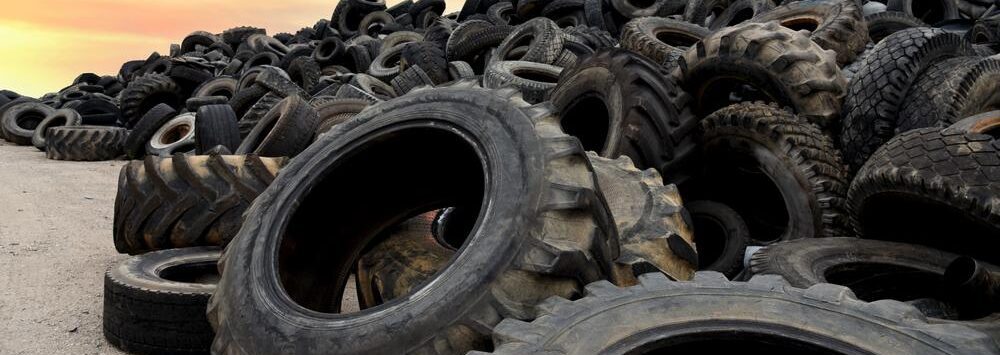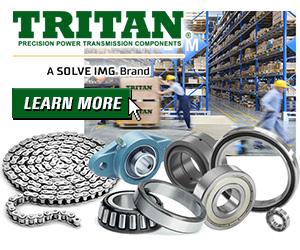Rubber is a versatile material that has played an essential role in the development of many industrial products. From waterproof clothing to car tires, the history of rubber and its applications in the manufacturing industry is fascinating, and the material itself has been refined and adapted to suit a wide range of uses.
Because of its long history, rubber has many uses in the industrial and manufacturing industries today, playing a large role in the development of many products across the globe.
Where Does Rubber Come From?
Natural rubber is an element derived from latex, which is produced by plants. Latex, which appears as a milky liquid, is typically present in the ducts or cells of plants and trees. However, while many plants produce latex, rubber is only found in a fraction of them, making it a highly desirable resource.
As a raw material, rubber is incredibly valuable to society; in fact, you may not even realize how many important products are manufactured with rubber—surgical devices and gloves, tires, toys, and pacifiers, to name a few. While the world may be able to survive without toys, other things like medical equipment are important for the livelihood of society.
Additionally, rubber can also be man-made—also known as synthetic rubber. This type of rubber is produced using a complex chemical process. However, despite the ability of many to make a synthetic version of the material, this type of rubber may lack certain characteristics and properties that natural rubber has.
Because of this, most opt to use natural rubber instead to ensure they are reaping the most benefits and uses from this material.
Timeline of the History of Rubber
Believe it or not, the use of rubber dates back thousands of years, with some historians speculating that the material was even used in prehistoric times. While it’s hard to say when exactly the first instance of rubber usage was in the world, there are some indicators of how this material came to be so popular.
Many early uses of rubber date back to ancient civilizations, such as the Mayans and Aztecs, who figured out how to shape rubber into common-use items, such as toys. The material finally gained popularity in Europe when westernization took off in the 15th and 16th centuries.
The material we know today as rubber is largely attributed to a United States chemist named Charles Goodyear. In 1839, Goodyear revolutionized rubber when he accidentally discovered the process of vulcanization. Goodyear found that, after spilling a mixture of heated sulfur and rubber, the rubber transformed into a material that could easily withstand extreme temperature or pressure changes.
Because this version of rubber was much more durable and stable, it became more usable, leading to a rubber boom across the globe. Goodyear’s discovery paved the way for the use of rubber in many industrial applications, including conveyor belts, hoses, gaskets, seals, and more.
In fact, one of the earliest uses of rubber in the manufacturing industry was conveyor belt production. In 1892, Thomas Robins invented the first practical conveyor belt for carrying coal, ore, and other materials. This, in turn, revolutionized the transportation of goods and materials. The rubber conveyor belt made it not only safer to send materials through a manufacturing production line, but also more efficient and cost-effective.

The Modern Rubber Industry
The invention of vulcanization revolutionized the rubber industry. It made it possible to create a wide range of rubber products, from tires to electrical insulation. Today, rubber has become an essential material in many industries, including automotive, aerospace, construction, and more.
New Technologies and Trends in Industrial Rubber Products
As technology continues to improve and advance, new developments in industrial rubber products are constantly emerging. We can expect many new technologies and trends in the coming years, including the following:
- Smart Rubber Products: These products are embedded with sensors and other electronic components that allow them to communicate with other devices and systems. For example, smart conveyor belts can monitor the temperature, speed, and other parameters of the materials being transported and adjust operations accordingly.
- Eco-Friendly Rubber Products: With increasing concerns about the environment, eco-friendly rubber products are becoming more important. These products are made from renewable resources and sustainable materials, such as natural rubber or recycled rubber. They are also designed to be recyclable or biodegradable at the end of their useful life to reduce environmental impact.
- Advanced Manufacturing Techniques: Advanced manufacturing techniques, such as 3D printing, are also being used to produce industrial rubber products. 3D printing allows for the creation of complex shapes and designs that would be difficult, or even impossible, to produce with traditional manufacturing methods. This technology also enables the production of customized products tailored to the specific needs of individual customers.
- Automation and Robotics Improvement: Robotics and automation continue to play an extremely important role in the manufacturing world, especially in the production of industrial rubber products. Automated systems can perform tasks such as mixing and molding rubber compounds, cutting and shaping rubber products, and inspecting and testing finished products. Robotics can also be used to handle and transport rubber products throughout the production process, making the manufacturing process safer and more effective.
Industrial rubber products and conveying systems have come a long way since the early days of the Industrial Revolution. From conveyor belts to smart rubber products, the use of rubber in manufacturing and production protocols continues to evolve and expand. Overall, the future of industrial rubber products looks bright, with new technologies only further improving efficiency, sustainability, and innovation.
At IBT, we specialize in a variety of industrial rubber products and services, with specialties in the Grain, Belt, and Hose Divisions. To learn more, visit our website!





